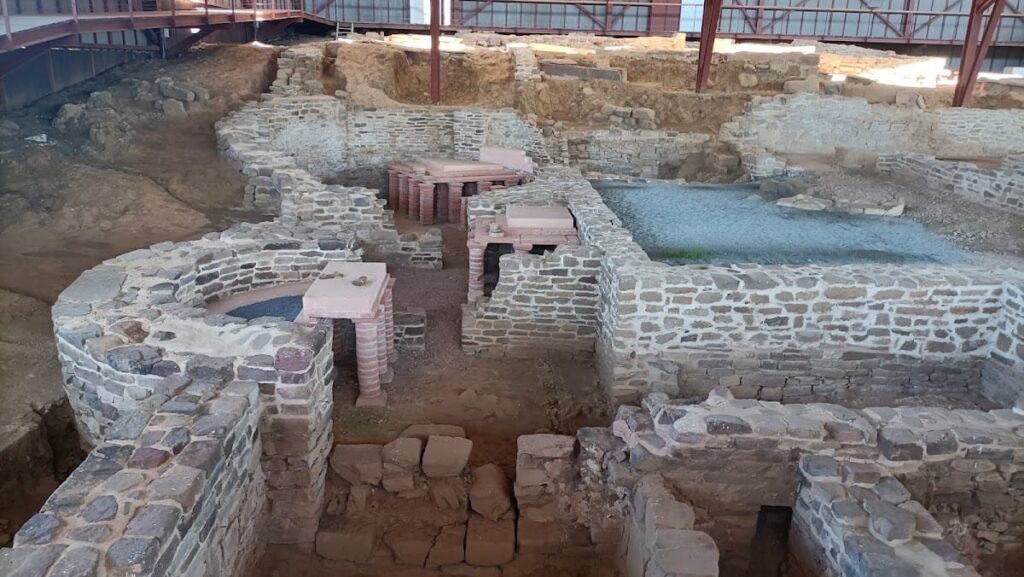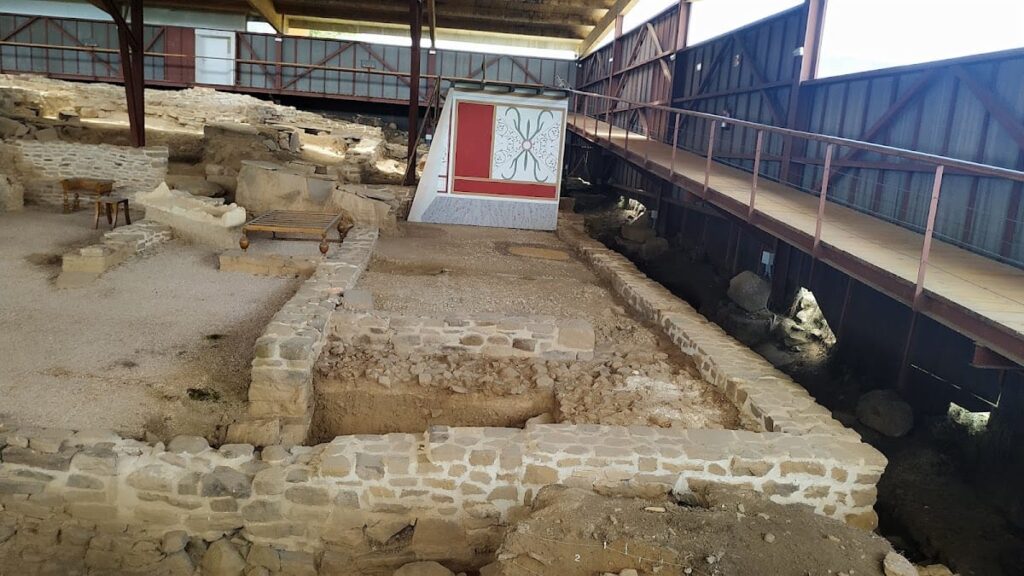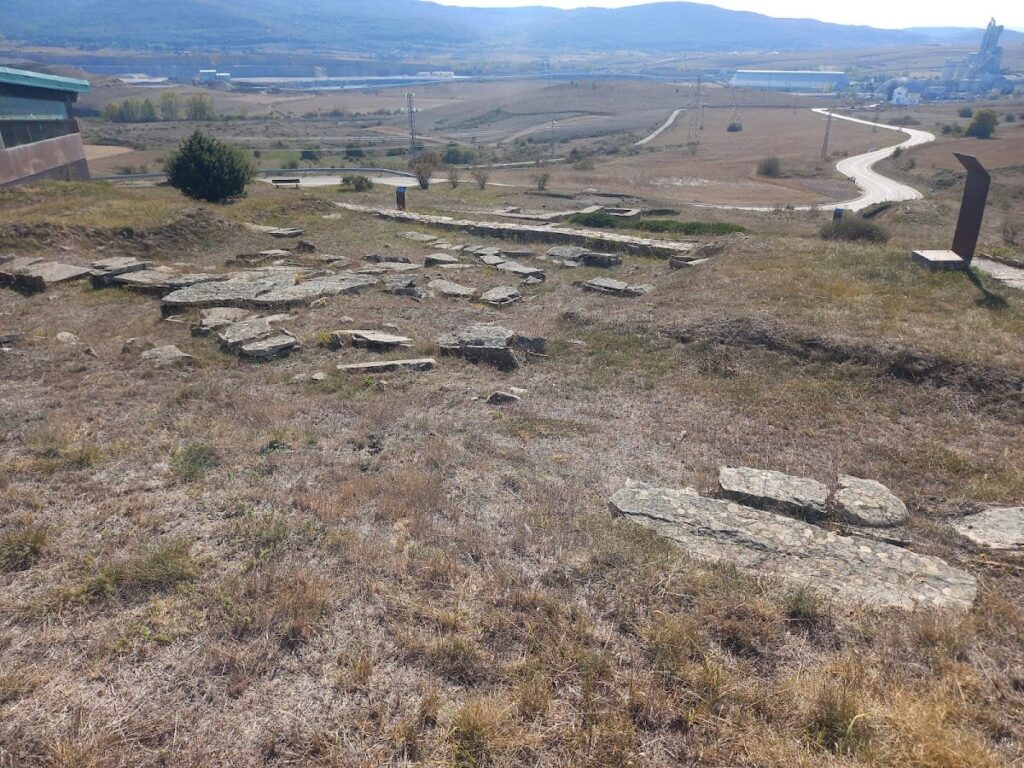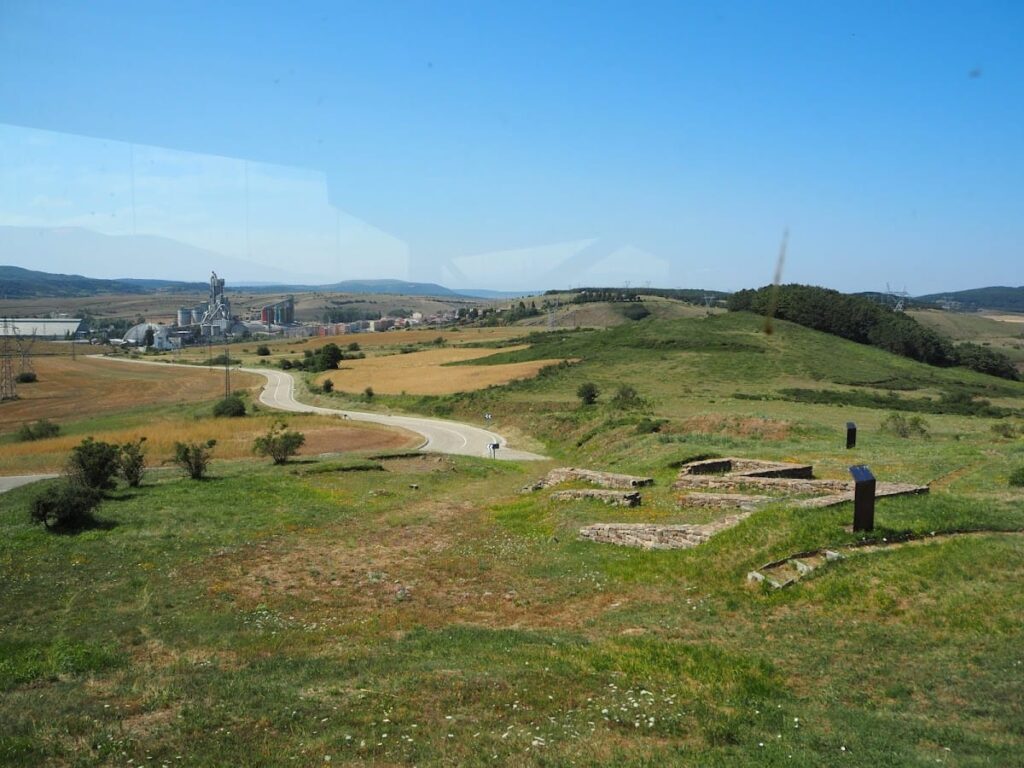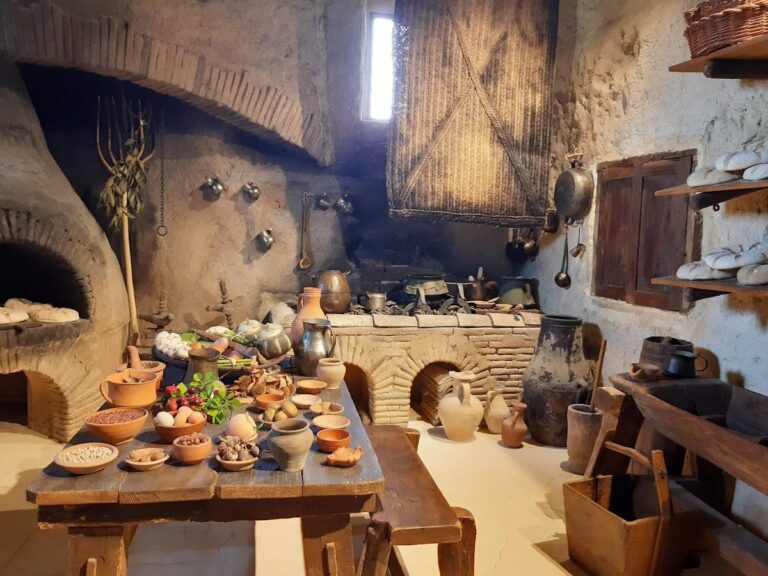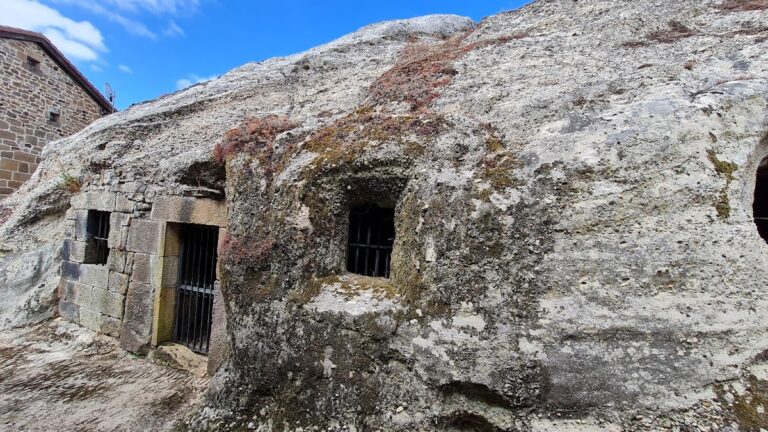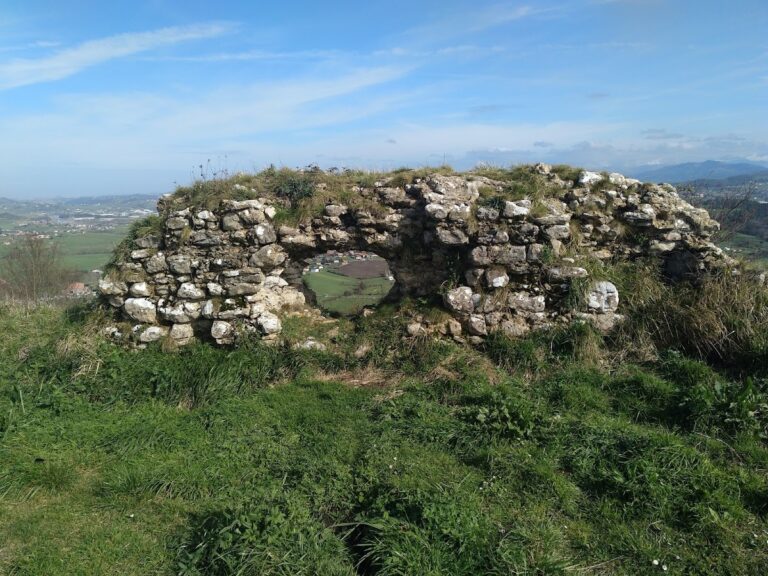Camesa-Rebolledo: A Roman and Visigothic Archaeological Site in Cantabria, Spain
Visitor Information
Google Rating: 4.7
Popularity: Low
Google Maps: View on Google Maps
Official Website: centros.culturadecantabria.com
Country: Spain
Civilization: Roman, Visigothic
Remains: Domestic
History
The Camesa-Rebolledo archaeological site lies between the villages of Camesa and Rebolledo near Mataporquera, in the province of Cantabria, northern Spain. It was established during the Roman period, following the Cantabrian Wars (29-19 BCE), when Roman forces, including the Legio IV Macedonica legion, settled in the region. The site is connected to a Roman road that linked the settlement of Pisoraca with the coastal port of Portus Blendium.
From the 1st century CE, the area saw the construction and occupation of a large rural residence known as El Conventón. This villa belonged to a local elite and remained in use until the mid-3rd century CE. Its abandonment coincided with the broader crisis affecting the Roman Empire during that century. Around three centuries later, during the Visigothic period (7th to 12th centuries), the site was partially reused. A small pre-Romanesque church with a rectangular apse was built on the villa’s remains, accompanied by a necropolis containing pit graves and sarcophagi, suggesting the presence of a minor local elite community.
Another part of the site, known as La Cueva in Camesa, was active during the 2nd and 3rd centuries CE. Excavations have uncovered Roman coins and pottery dating to this period. La Cueva may have functioned as a large villa or a small urban center with possible military or public roles.
Its exact nature remains uncertain. The site may be linked to the lost Roman settlement of Octaviolca, mentioned in the ancient Itinerary of Barro as being ten Roman miles from Julióbriga, a known Roman city in Cantabria. However, Octaviolca’s precise location has not been confirmed.
Remains
The Camesa-Rebolledo site consists of two main archaeological areas: El Conventón and La Cueva. The remains reveal a complex layout with structures built primarily of stone and brick, typical of Roman construction in the region.
El Conventón villa covers over 1000 square meters and is situated beside an ancient Roman road. Near the villa, fragments of a milestone dating to Emperor Trajan Decius’s reign (249-251 CE) were found, indicating the road’s use until the villa’s abandonment. The villa included a private bath complex with a hypocaust system, an ancient underfloor heating method. The baths featured separate rooms for hot, warm, and cold baths, a steam sauna, and a changing room. Water drainage channels led to a latrine located on the ground floor of a tower. Wall paintings decorated one corridor, reflecting the wealth of the villa’s owners. The baths were initially built in the late 1st century CE during the Flavian period and expanded in the 2nd and 3rd centuries.
During the Visigothic period, the villa’s remains were partially reused to build a small church with a single nave and a rectangular apse. Only the floor plan survives, along with burials beneath and around the church. These graves include pit graves and sarcophagi, mainly concentrated near the church entrance and inside.
At La Cueva, excavations uncovered a Roman building wing approximately 90 meters long, possibly extending to 120 meters. The structure’s walls and room layouts differ from those found in nearby Julióbriga. The eastern wing contained rooms interpreted as commercial shops, or tabernae. The building may have served as military barracks or a public facility arranged around a rectangular porticoed plaza or forum. Various finds, including pottery fragments, bricks, carved stones, and coins, date the site to the 2nd and 3rd centuries CE. Some wings remain unexcavated, leaving parts of the building’s function unknown.
Today, the archaeological remains are protected within a 1300 square meter interpretation center that preserves the site and displays regional heritage.
